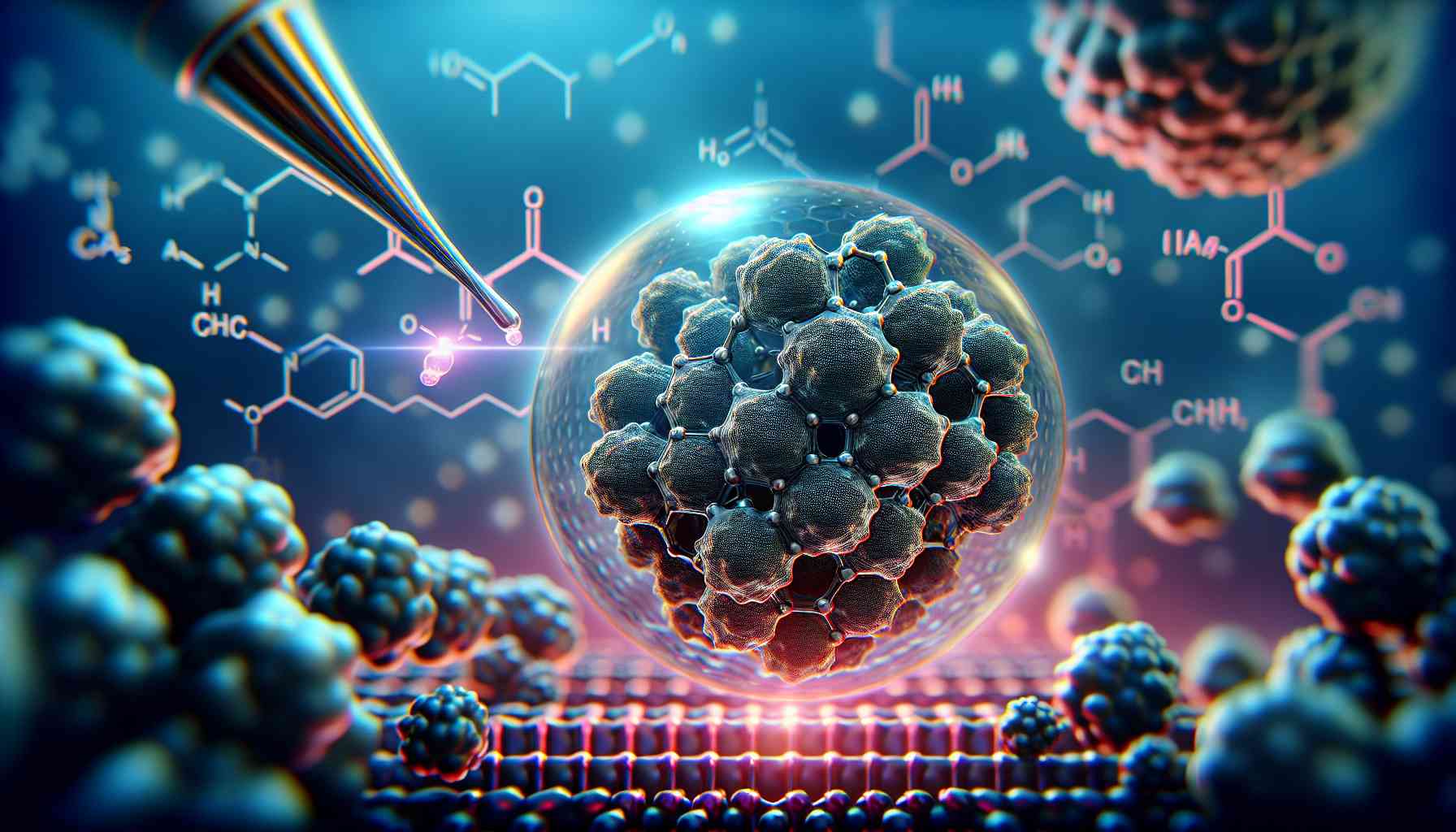A team of researchers from China’s Hunan University, the Chinese Academy of Sciences, and the University of Washington in the U.S. has achieved a significant milestone in tumor treatment with the development of a metal-free nanozyme based on graphene quantum dots (GQDs). This breakthrough holds great promise for highly efficient tumor chemodynamic therapy (CDT) while addressing the toxicity concerns associated with metal-based nanozymes.
GQDs have emerged as a cost-effective alternative to mitigate the toxicity issues linked to metal-based nanozymes in tumor CDT. However, the limited catalytic activity of GQDs has hindered their clinical application, especially in challenging catalytic conditions. To overcome this hurdle, the research team employed a diatomic doping strategy to enhance the catalytic performance of GQD-based nanocatalytic adjuvants.
Through this innovative approach, the researchers introduced nitrogen and phosphorus into GQDs, creating highly localized states near the Fermi level. This synergistic electron effect significantly boosted the enzymatic activity of the GQDs, surpassing the performance of single heteroatom doping techniques.
The GQDs demonstrated remarkable peroxidase-mimicking activity, effectively inducing apoptosis and ferroptosis in cancer cells during in vitro experiments. Additionally, these metal-free nanozymes exhibited a remarkable ability to selectively target tumors. Intravenous injection resulted in a tumor inhibition rate of 77.71%, while intratumoral injection achieved an impressive rate of 93.22% without causing off-target side effects.
This drug-free, target-specific, and biologically benign nanozyme offers immense potential as a potent biocatalyst for safe and effective cancer treatment. The use of GQDs opens up exciting prospects for improving tumor CDT, offering a promising alternative to conventional metal-based nanozymes. With further development and research, this breakthrough could revolutionize cancer treatment by providing a safer and more efficient therapeutic approach.
The source of the article is from the blog radiohotmusic.it

